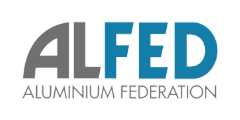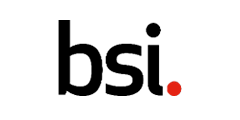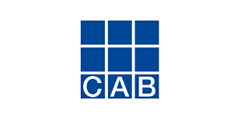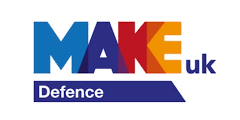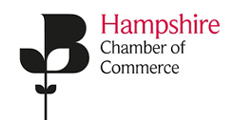
There are a number of colour systems throughout the metal finishing Industry. The following are some of the more common.
Always be careful when choosing colours online; differences in screen settings, light and contrast can make the results shown differ from a real colour sample and should be used only to get an idea of the colour only. Always ask for a physical sample if a perfect match is required.
The colour charts that are used on this web site are for reference only and may not be identical to the actual colour.
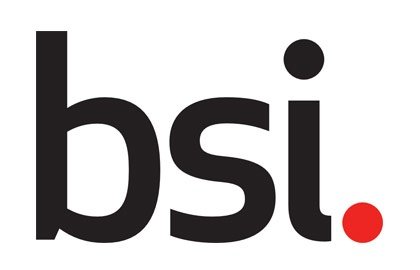
British Standards set for the construction industry to colours. There are 237 colours in the BS5252 standard and the 98 colours in the BS4800 standard.
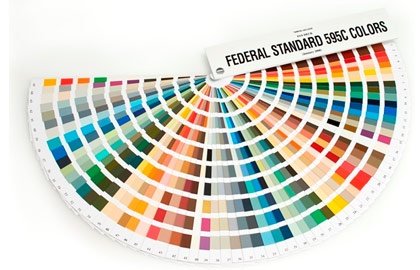
During the Second World War, the US Government found it had a need to standardise a colour range. This would allow its suppliers of equipment to understand the exact colours to be used. Each colour is given a 5 digit code. The first digit denotes the gloss level (1=Gloss, 2=Satin and 3=Matt). The second figure gives its colour grouping: 0 Brown 1 Red 2 Orange 3 Yellow 4 Green 5 Blue 6 Gray 7 Miscellaneous (Whites/Blacks etc) 8 Fluorescent The last three digits of the colour number determine the order of increasing reflectance.
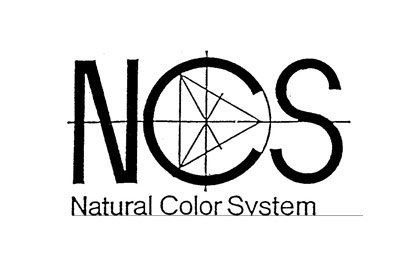
The Natural Colour System was developed in Sweden to allow a logical ability to describe colour rather than perception. The Codes for the colours are identified by firstly identfying the darkness NCS 10 (=10% Dark). Then it addresses the saturation NCS 1075 (= 10% Dark, 75% Saturation). The final four digits represent the primary colours (white, black, red, yellow, green and blue). NCS 1075-Y20R (=10% dark, 75%, Saturation, 80% Yellow, 20% Red).
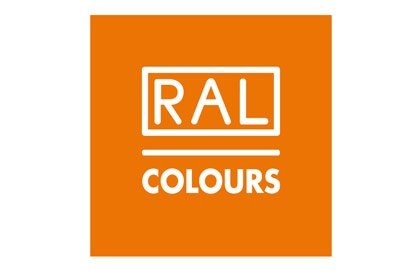
This range was established in 1927 and now consists of 1900 colours. The RAL comes from ReichsAusschuß für Lieferbedingungen und Gütesicherun which translates into English “Commission for Delivery Terms and Quality Assurance”. This colour system is recognised throughout the application of paint finishing industry.

Find out how Tomburn has helped transform our clients buildings, products and projects.
Find out more
